Yellowjackets
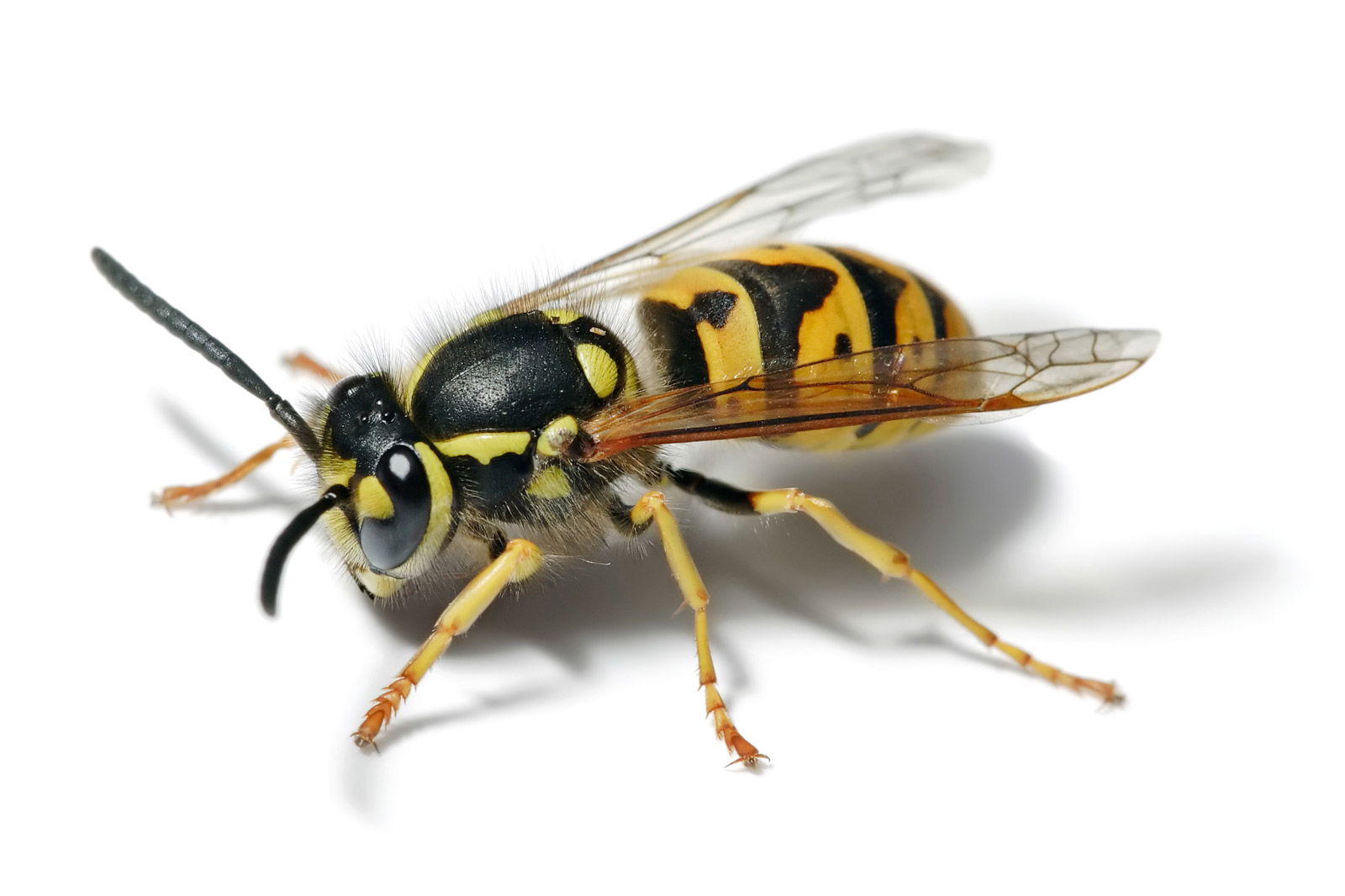
YELLOWJACKETS:
KPCOFGS
Kingdom: Animalia
Phylum: Arthropoda
Class: Insecta
Order: Hymenoptera
Family: Vespidae
Genus: Vespula or Dolichovespula
Species: Synoeca septentrionalis
Type of Wasp: Yellowjacket is the common name in North America for predatory social wasps of the genera Vespula and Dolichovespula.
Nº of SPECIES: There are 28 species of wasps in the Vespula genus. Some of the most notable species include the following:
Vespula germanica

Vespula vulgaris
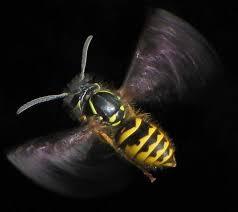
Vespula alascensis
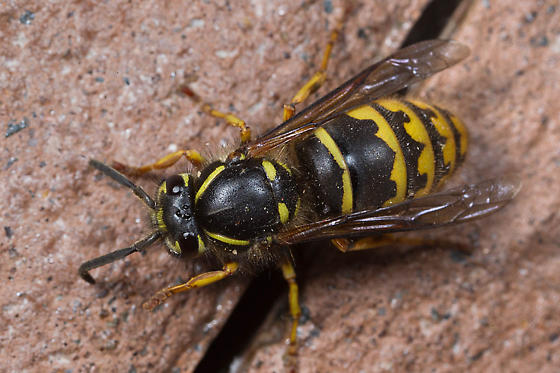
Vespula maculifrons (eastern yellowjacket)
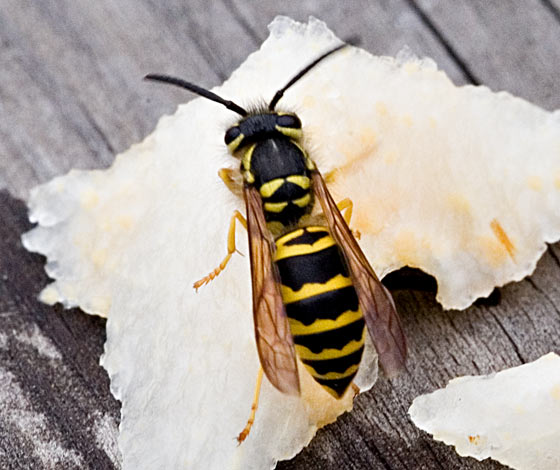
Vespula pensylvanica (western yellowjacket)
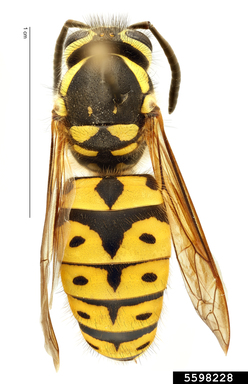
Vespula squamosa (Southern yellowjacket)
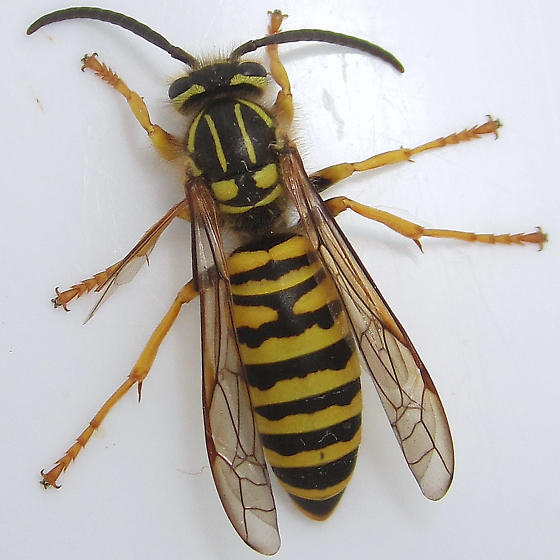
Dolichovespula maculata (Bald-faced hornets)
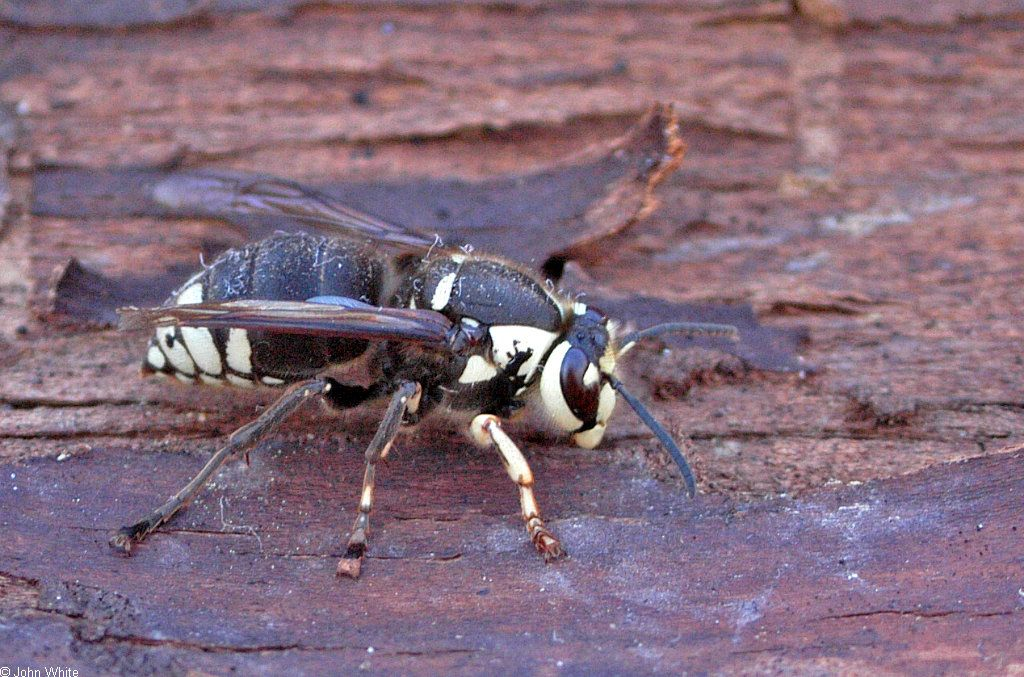
Dolichovespula arenaria (Aerial yellowjackets)
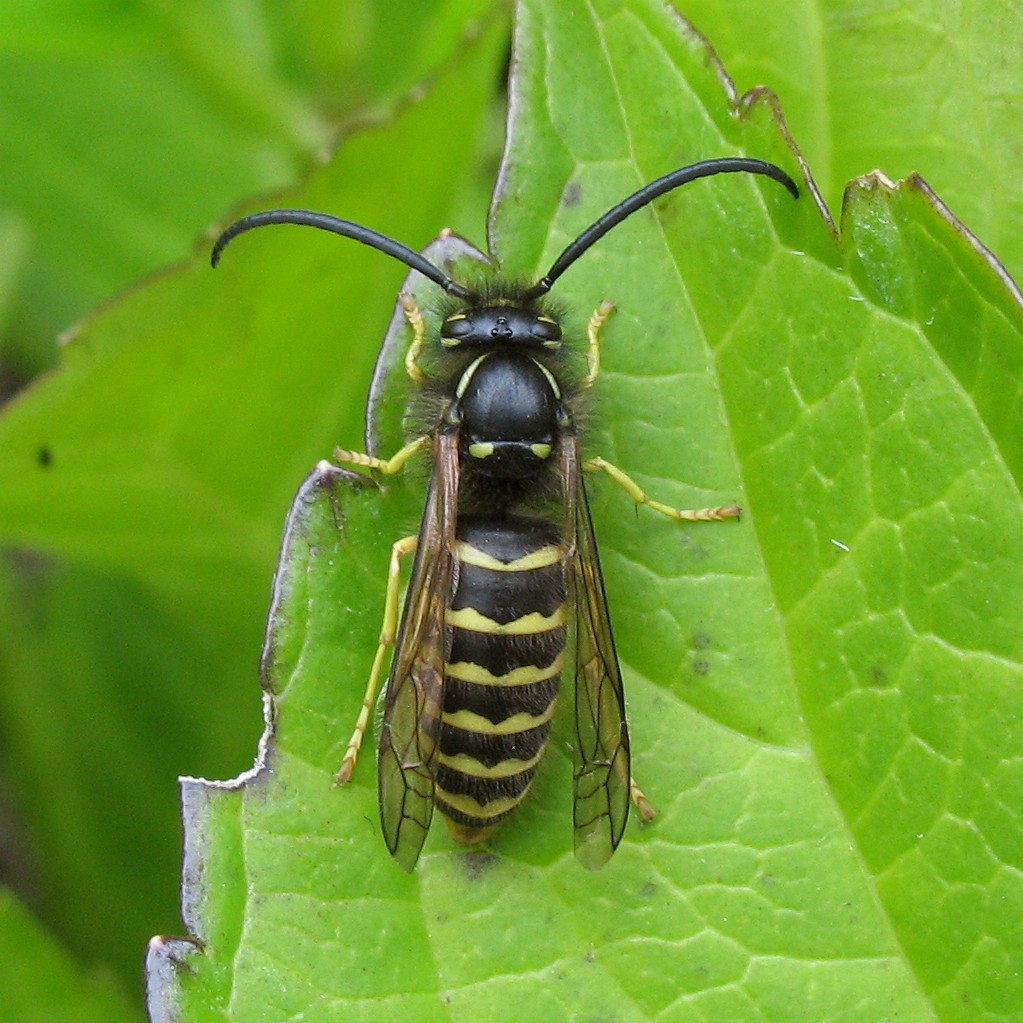
Dolichovespula sylvestris (Tree wasp)
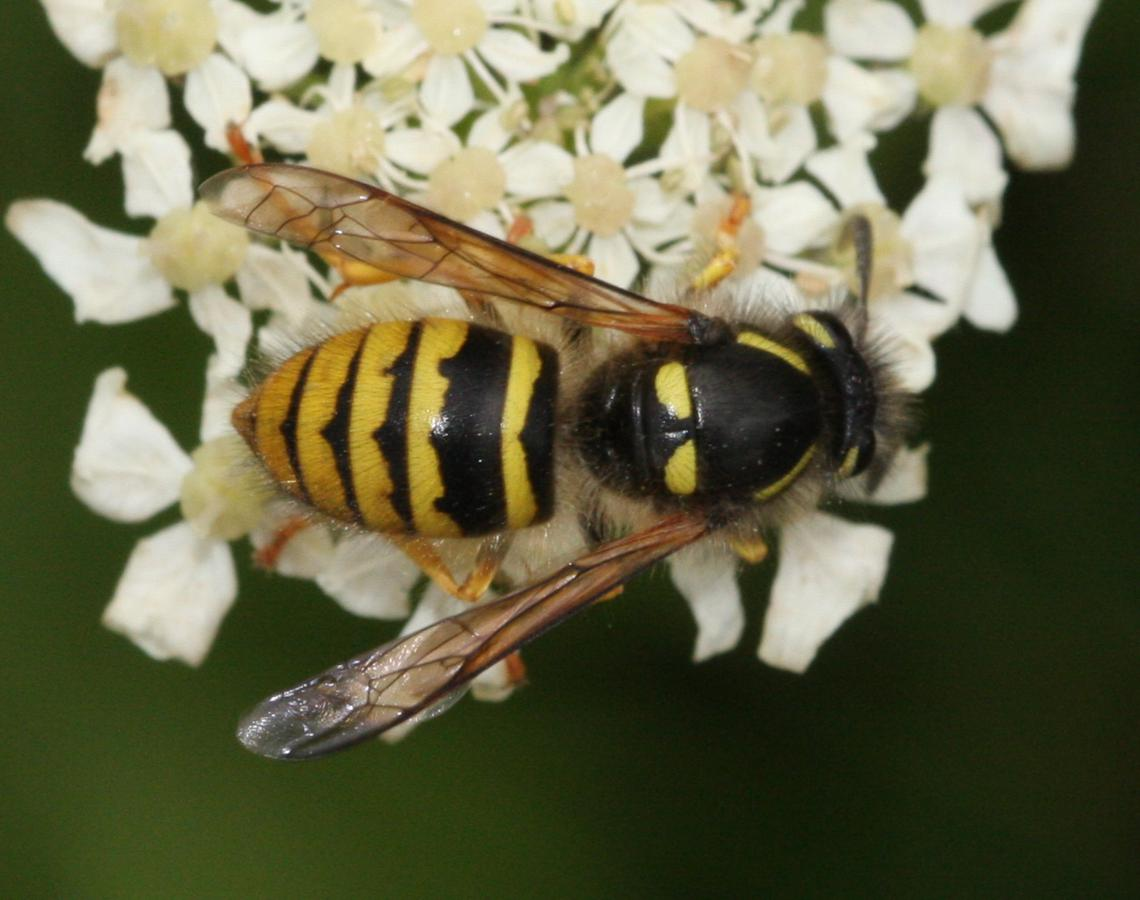
SIZE:
A common Yellowjacket worker will measure approximately 12 mm (0.5 inches).
And as usual, the queen will be larger, with a length of about 19 mm (0.75 inches).
LIFE SPAN:
Female wasps or workers have a life span from 10 to 22 days.
However, queens may live up to 12 months and in some cases over a year.
QUEEN INFO:
Fertilized queens at the end of the season are found in protected places where they can spend the winter on. Examples of these include hollow logs, stumps, under bark, in leaf litter, soil cavities and man-made structures (like sheds, etc).
These queens emerge in warm days from late spring to early summer and select a place to build a paper nest in which to lay eggs (between 30 and 50 cells (brood cells) to lay eggs.). The queen will take care of larvae until they become fully grown up female workers in midsummer and assume the tasks for the nest expansion.
EGG to ADULT:
After the queen has laid eggs, these will take about 2-3 days to hatch. Then, the queen will feed chewed fruits and insects to these larvae for 18 to 20 until they become adult wasps.
COLONY / NEST INFO:
As the queen's role is to constantly lay eggs, at the end of the summer, the nests reach an approximate size of 4,000 to 5,000 workers, with 10,000 to 15,000 cells.
INTERESTING FACTS:
Usually nests do not get reused after winter. This rarely happens if it hasn't got wet. In countries where winters are mild enough, such as in New Zealand, Australia and Southwestern coastal areas of the United States, nests may undergo overwintering, which means that these survive multiple seasons, reaching enormous dimensions and usually containing various egg-laying queens and up to 100,000 adult wasps!!
Some species of the genus Vespula or Dolichovespula, such as the aerial yellowjacket or the Bald-faced hornet, build exposed aerial nests (exposed to air / hanging), which leads to naming confusion as they share this feature with some true hornets.
Their diet is primarily based on items rich on sugar and carbohydrates, such as fruits, flower nectar and tree sap. And larvae feed on proteins from insects, fish and meat.
LOCATION MAP:
Although Yellowjackets can thrive in almost every country in the world, this location map shows a selection of some of the countries where these wasps are most abundant.
